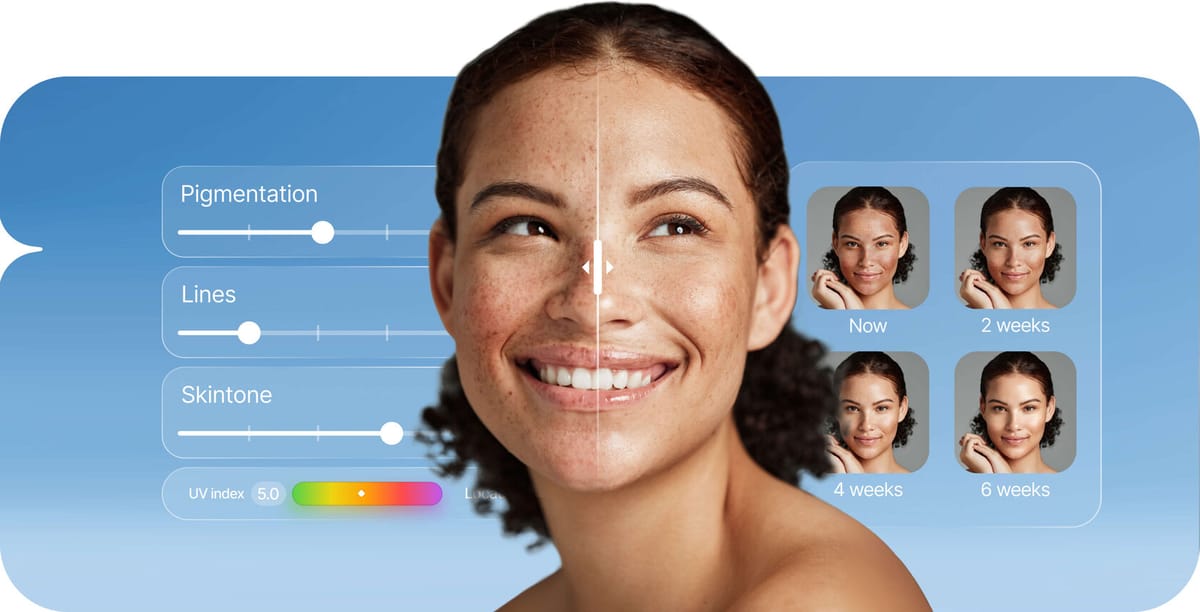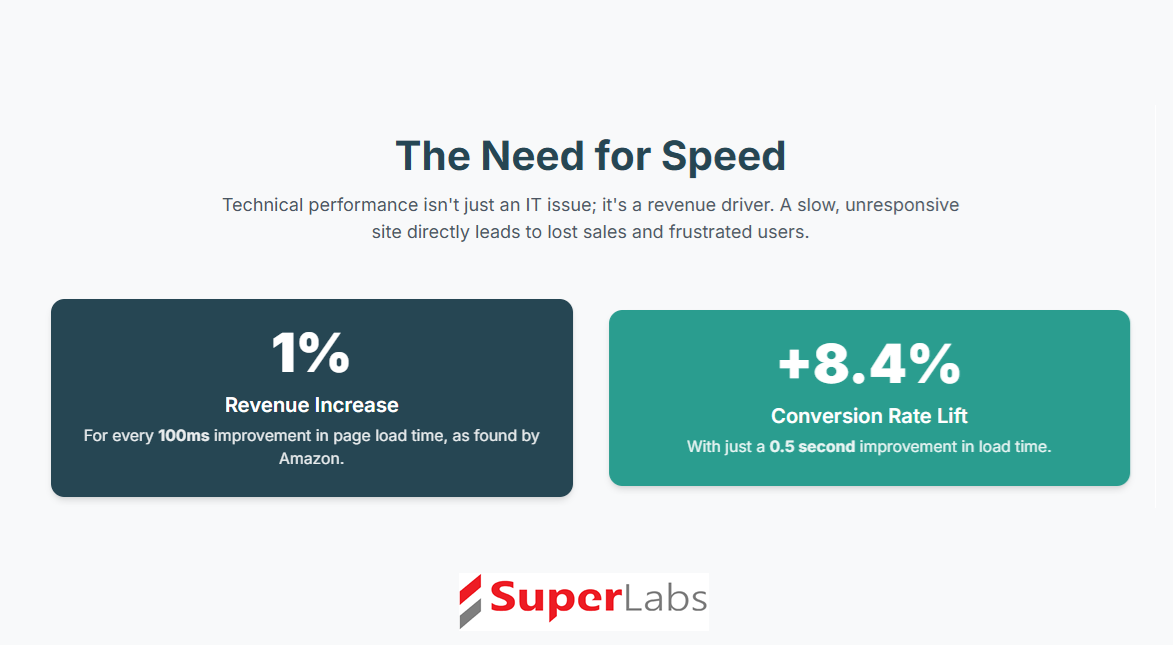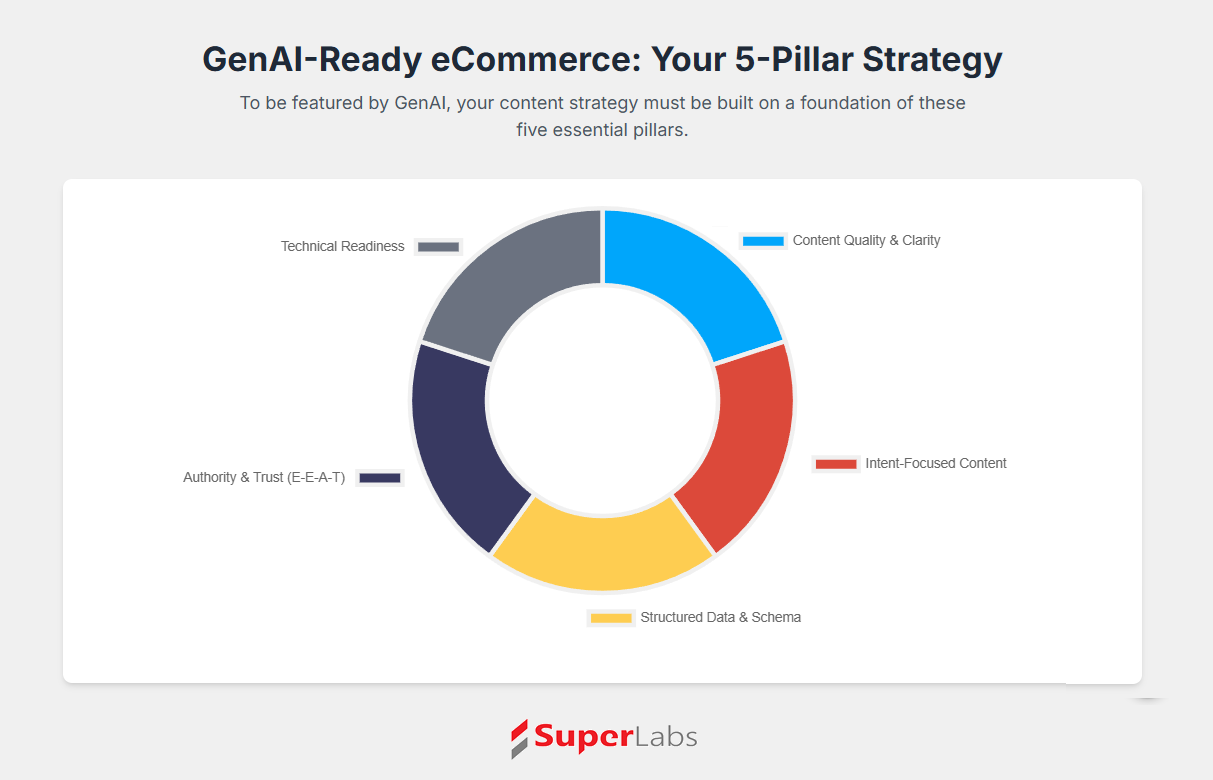Architecting a Personalized Skincare Companion - The Derma-AI Revolution
Building powerful customization in skin care using AI for high conversions in eCommerce

The global skincare market is a vast, intricate ecosystem, yet its digital frontier still grapples with a fundamental challenge: delivering truly personalized, expert-level advice at scale. Traditionally, the bridge between a user's unique skin condition and the ideal product recommendation has been the human expert—dermatologists, estheticians, or trained skincare consultants. This high-touch model, while effective, is inherently non-scalable, costly, and a significant barrier to instantaneous product discovery in eCommerce.
We've engineered a paradigm shift. We're developing a sophisticated AI-powered system that functions as a continuous, personal skincare doctor, dynamically adapting to a user's progress and fostering unprecedented engagement. This isn't just about product recommendations; it's about a complete, guided skincare journey that we project will catapult eCommerce conversion rates by an astounding 200-300%.
The Traditional Paradigm: Bottlenecks in Personalized Skincare
Consider the conventional path to personalized skincare advice:
- User Initiative: A user recognizes a skin concern (e.g., acne, hyperpigmentation, dryness) and actively seeks expert help.
- Appointment & Consultation: This involves booking an in-person or virtual consultation with a trained skincare specialist. This process is time-consuming for the user and requires significant resource allocation (staff, infrastructure) from the service provider.
- Manual Assessment: The specialist conducts a visual inspection, asks a series of diagnostic questions, and manually assesses the user's skin type, conditions, and concerns. This relies heavily on the specialist's experience and subjective interpretation.
- Product Recommendation: Based on their assessment, the specialist recommends a tailored regimen from a curated list of products, explaining their benefits and application.
- Limited Follow-up: Follow-up is typically event-driven (e.g., another appointment weeks later), lacking the daily, adaptive guidance crucial for consistent results.
While highly effective, this model is a fundamental bottleneck for eCommerce platforms. It introduces friction, delays, and significant operational overhead, making true personalization at scale an elusive goal. Most eCommerce sites resort to generic quizzes or simple filters, which merely scratch the surface of personalized care and offer limited value.
The Derma-AI Solution: An Always-On, Adaptive Skincare Expert
Our AI-driven system obliterates these traditional barriers, offering an always-on, hyper-personalized, and adaptive skincare solution directly within an eCommerce platform.
The AI-Powered Skincare Journey:
- Initial Assessment via Image Capture:
- The user accesses the feature, either uploading an existing image or taking a live photo through the application.
- AI-Powered Face Isolation: Using advanced Computer Vision (CV) techniques, the system accurately detects and isolates the user's face from the background. This ensures that subsequent analysis focuses solely on the relevant area.
- Dermatological-Grade Skin Analysis: The core CV model then performs a granular analysis of the skin across various facial zones. It identifies and quantifies specific conditions (e.g., types and severity of acne, hyperpigmentation, erythema, fine lines, dryness, oiliness, pore size, texture irregularities).
- Instant Product Recommendation: Based on this multi-faceted analysis, a sophisticated recommendation engine instantly curates a list of highly relevant skincare products from the platform's comprehensive product dataset.
- Personalized Daily Routine Generation:
- Beyond products, the AI constructs a precise daily (morning and evening) skincare regimen, detailing the sequence and method of application for each recommended product.
- Proactive Engagement & Routine Adherence:
- Timed Notifications: The system sends intelligent, timed push notifications to the user's device, gently reminding them about upcoming steps in their routine.
- Daily Photo Check-ins: Users are encouraged to upload a daily photo. The AI continuously reviews these images, comparing them against previous states to track real-time changes in skin conditions.
- Adaptive Recommendations & Progress Monitoring:
- Dynamic Adjustment: Critically, the AI's recommendations are not static. Based on the daily photo reviews and the user's progress (or lack thereof), the system intelligently adjusts the product recommendations or routine steps. For instance, if acne severity plateaus, it might suggest introducing a different active ingredient or modifying application frequency.
- Weekly Progress Reports: The user receives detailed weekly updates, including visual comparisons (e.g., side-by-side images from Week 1 vs. Week 4) and data-driven insights into their skin's improvement.
This continuous, adaptive feedback loop creates an unparalleled user experience. Users feel genuinely cared for, as if a personal dermatologist is monitoring their progress 24/7. This profound sense of personalized care and visible results drastically boosts user trust, routine adherence, and ultimately, product conversion rates.
Deep Dive: Architecting the Derma-AI System
Implementing such a system requires a robust, scalable, and highly performant architecture.
1. Core AI/ML Pipeline: The Intelligence Layer
The heart of the system is its AI/ML pipeline, primarily leveraging advanced Computer Vision (CV) and Natural Language Processing (NLP) techniques, orchestrated on a cloud platform (e.g., AWS, GCP, Azure).
- Image Pre-processing & Augmentation:
- Face Detection & Alignment: Initial raw images undergo processing using models like MTCNN (Multi-task Cascaded Convolutional Networks) or Mediapipe FaceMesh to detect facial landmarks and align the face. This ensures consistent input for subsequent models.
- Skin Segmentation: Advanced semantic segmentation models (e.g., U-Net, DeepLabV3+) are employed to precisely segment skin regions, separating them from hair, eyes, and background, minimizing noise.
- Normalization: Images are normalized for lighting, color temperature, and pose variations using GANs (Generative Adversarial Networks) or other image processing techniques to ensure consistent analysis across different user environments.
- Skin Condition Classification & Quantification Models:
- Multi-Label Classification CNNs: A ensemble of specialized Convolutional Neural Networks (CNNs) (e.g., ResNet-50, EfficientNet, Vision Transformers (ViT)) are trained on a massive, diverse, and meticulously annotated dataset of clinical-grade skin images. This dataset is crucial for detecting multiple conditions simultaneously (e.g., "acne," "redness," "fine lines," "dryness," "hyperpigmentation," "pore size").
- Severity Regression Models: Alongside classification, regression models (e.g., based on VGG or custom architectures) are trained to quantify the severity of each detected condition (e.g., "mild acne," "moderate hyperpigmentation"). This granular data drives precise recommendations.
- Data Annotation & Bias Mitigation: The quality of these models is directly proportional to the quality of the training data. This requires expert dermatological annotation and rigorous strategies to mitigate algorithmic bias across diverse skin tones and demographics using techniques like fairness metrics and re-sampling.
- Recommendation Engine (Hybrid Approach):
- Knowledge-Based Expert System: A foundational set of rules, curated by dermatologists, forms an expert system. This defines initial product recommendations based on identified conditions and user-provided skin type (e.g., "For oily, acne-prone skin, recommend a BHA cleanser and a non-comedogenic moisturizer").
- Collaborative Filtering / Content-Based Filtering: For more nuanced recommendations and product discovery, collaborative filtering (based on similar users' preferences) and content-based filtering (based on product features matching skin needs) are employed. This helps suggest products for which direct rules might not exist or to provide alternative options.
- Reinforcement Learning (RL) for Adaptation: The most advanced component. As users provide daily photos, the AI observes the "rewards" (positive changes in skin condition) or "penalties" (lack of improvement/worsening). An RL agent (e.g., using Q-learning or Policy Gradients) continuously updates the weights of the recommendation engine, fine-tuning product and routine suggestions for optimal user outcomes.
- Routine Generation & NLP:
- An NLP model (e.g., fine-tuned Transformer-based models like BERT or GPT) processes the product details and dermatological rules to generate clear, concise, and natural language daily routines, including application instructions.
2. Backend & Data Infrastructure
- Scalable Cloud Infrastructure: Deployed on robust cloud platforms (e.g., AWS EC2/Lambda for compute, S3 for object storage, RDS/DynamoDB for databases). Kubernetes (EKS/GKE/AKS) can manage containerized microservices for scalability.
- Image Ingestion & Storage: A high-throughput API gateway handles image uploads. Images are stored securely in object storage (e.g., S3) with proper access controls and encryption.
- Data Pipelines (ETL): Tools like Apache Kafka or AWS Kinesis are used for real-time ingestion of image metadata, analysis results, and user interaction data. Apache Spark or AWS Glue process and transform this data for model training and analytical dashboards.
- Database Management:
- PostgreSQL/MySQL: For structured data (user profiles, product catalog, routine templates).
- NoSQL (e.g., MongoDB, DynamoDB): For flexible storage of AI analysis results, historical skin data, and user progress logs.
- Vector Database (e.g., Pinecone, Milvus): For efficient similarity searches in the recommendation engine (e.g., finding products with similar ingredient profiles or users with similar skin conditions).
- Notification Service: Integrated with services like Firebase Cloud Messaging (FCM) for mobile push notifications or AWS SNS/SES for email/SMS reminders, ensuring timely and personalized communication.
- Security & Compliance: Crucial, especially with sensitive health data. Adherence to GDPR, HIPAA, and local data privacy regulations (e.g., India's Digital Personal Data Protection Bill) is non-negotiable, requiring robust encryption, access control, and consent management.
3. Frontend Application
- Cross-Platform Mobile/Web App: Built with frameworks like React Native or Flutter for mobile, or React.js/Vue.js for web.
- Intuitive UI/UX: Designed for effortless photo capture/upload, clear display of recommendations, interactive routine management, and compelling visualization of progress through charts and side-by-side image comparisons.
- Client-Side CV (Optional): For real-time feedback during photo capture (e.g., "move closer," "better lighting"), lighter-weight CV models can run directly on the device.
Forecasting Conversion Uplift and Business Impact
The direct correlation between hyper-personalization, sustained engagement, and conversion rates is profound:
- Elimination of Purchase Hesitation: By providing expert-level, validated recommendations, the AI dissolves the user's uncertainty about which product to buy, a major friction point in skincare eCommerce.
- Increased AOV (Average Order Value): The AI recommends a complete routine, encouraging users to purchase multiple complementary products, not just a single item.
- Reduced Returns: Accurate recommendations lead to higher product satisfaction and fewer returns due to unsuitable products.
- Enhanced Customer Lifetime Value (CLTV): The continuous guidance and visible progress foster deep loyalty, turning one-time buyers into long-term, high-value customers who trust the platform implicitly.
- Higher Retention Rates: The daily engagement, reminders, and progress tracking keep users actively involved with the platform and its products, drastically improving retention.
For traditional skincare eCommerce platforms, integrating this Derma-AI solution translates into an immediate and significant boost in product sales and customer engagement. It transforms a transactional platform into a trusted health and wellness companion, inherently increasing conversion from a mere browse to a committed purchase.
Conclusion: The Future of Skincare is Personal, Intelligent, and Always On
By strategically implementing advanced AI, we are not just recommending products; we are building a personalized, intelligent skincare ecosystem that evolves with the user. This innovation not only addresses a critical market need but also establishes a new benchmark for eCommerce personalization, promising unprecedented conversion rates and a deeply loyal customer base. The future of skincare is here, and it's powered by AI.


